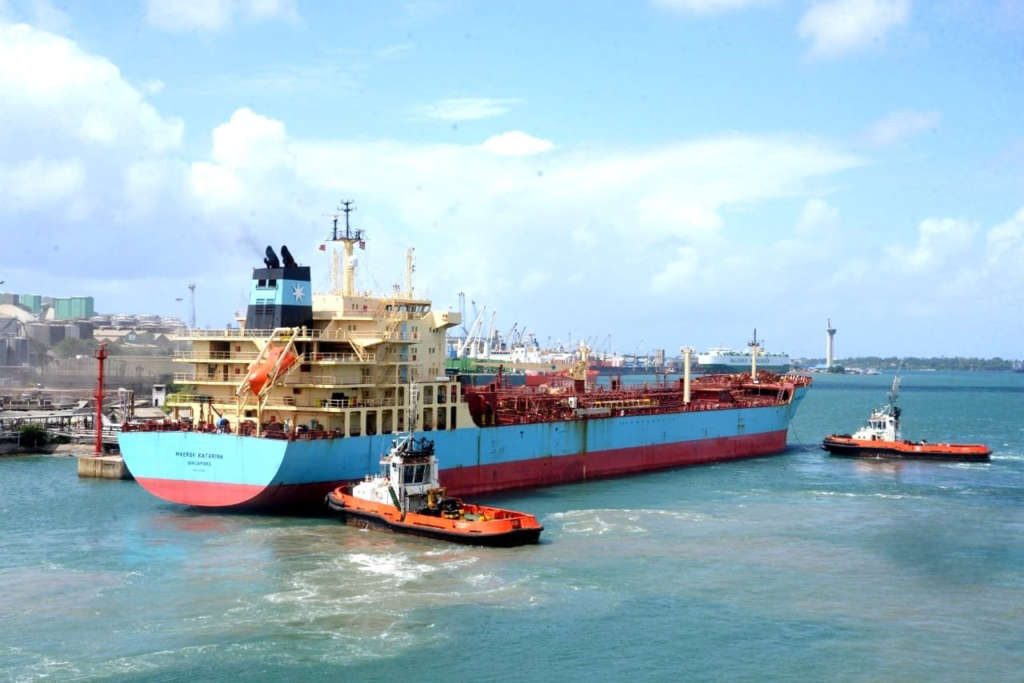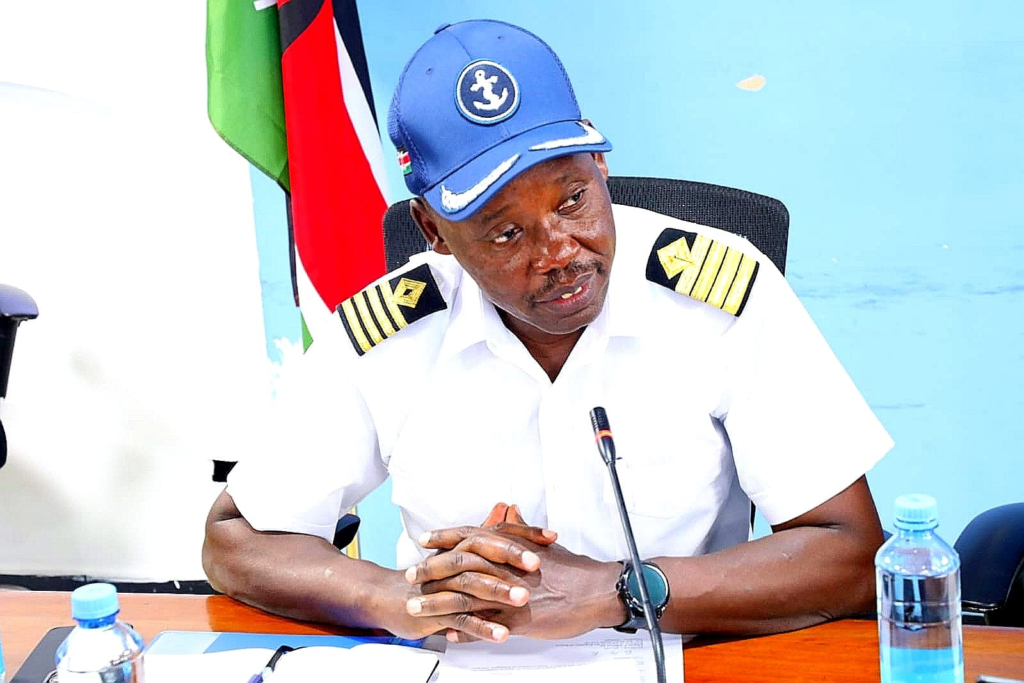
Mombasa Port is looking up as it surpasses last year’s volume of business by a whooping 4.1 million tons.
The Port handled 33.8 m tons against 30 tons registered in the similar period in 2023 representing an increase of 4.1 m tons or 13.9 per cent according to records released by the Communications Department.
The main driver of this performance is due to containerised cargo which increased by 3.1m tons or 21 per cent as Liquid Bulk also increased by 700,000 tons or 9 per cent.
This is a sterling performance that surpassed the set target of 32.2 m tons by 1.6 million tons or 5.1 per cent.
During the period under review, total transit cargo registered 11.1m tons against 9.3m tons handled in the same period in 2023, posting a strong positive variance of nearly 2m tons or 20 per cent. In a remarkable recovery, Uganda was mainly responsible for the increase in performance, growing by 1,526,169 tons or 26.5%.
With just two months remaining, the Port which last year cumulatively witnessed container traffic 1.6m Twenty-Foot Equivalent Unit (TEUs) is on track to exceed its revised target of 1.8 m TEUs and is likely to achieve a remarkable 1.97 m TEUs in container traffic.
“Current projections for the end of 2024 indicate that the Port of Mombasa will handle approximately 40.5 m tons in cargo throughput, 480,241 TEUs in transshipment traffic and 13.4 million tons in transit traffic,” read the statement.
The performance can be attributed to new trends like green channel cold chain logistics, shifting perishables from air to sea, increase in Transhipment business and efficiency at the Port of Mombasa.
Notably, Mombasa is recognized as the most efficient port in Africa according to recent World Bank rankings.
Building on the record-breaking October, the Port of Mombasa has maintained strong growth throughout 2024.
With these consistent gains, the port is on track to reach 40.5 m tons in cargo throughout, nearly 2 m TEUs in container traffic, 480,241 TEUs in trans-shipment, and over 13.4 million tons in transit traffic by the end of the year.
According to the Kenya Ports Authority Managing Director Capt. William Ruto, the increase throughout is attributed to expanding sectors like agriculture, manufacturing, and construction, which rely on Mombasa for efficient import and export processes.
Several global trends have also favoured Mombasa, adds Capt. Ruto, “The shift towards larger vessels, due to their economies of scale, has driven ports worldwide to adapt”.
With this, he clarifies further, “To meet the demands of East African trade, KPA initiated major upgrades, notably deepening the harbor in 2013 to accommodate ships with up to 10,000 TEUs”.
It is a fact that, just in the 1980’s, Mombasa functioned as a feeder Port with a capacity of around 250,000 TEUs, catering primarily to smaller vessels serving regional ports.
The opening of the second container terminal (CT2) in 2016 was a game changer and a first across the region, with a 300-meter quay named berth 21 followed by Berth 22 meaning more space for cargo, whilst anticipating ships of length overall of about 300 meters, adding further capacity and easing congestion.
Additionally, plans for Berth 23 and a specialized berth at the Dongo Kundu Special Economic Zone are in place to ensure continued competitiveness.
Currently, KPA is also accelerating the construction of Berth 19B that will add further 300,000 TEUs.
The need for this urgent infrastructure upgrade, is a duty and as keeping to tradition, that of expanding capacity ahead of demand and continuing with the inherited foresight and spirit of the past Board and Management, once again – as history comfortably repeats.





